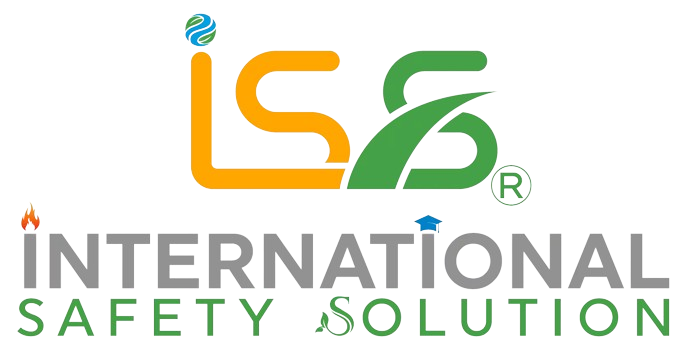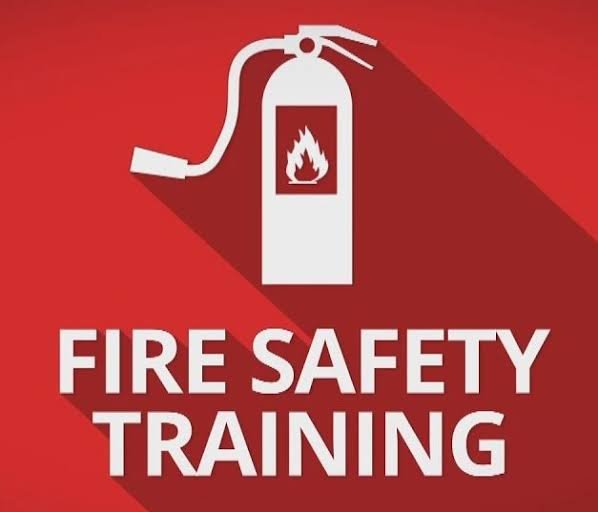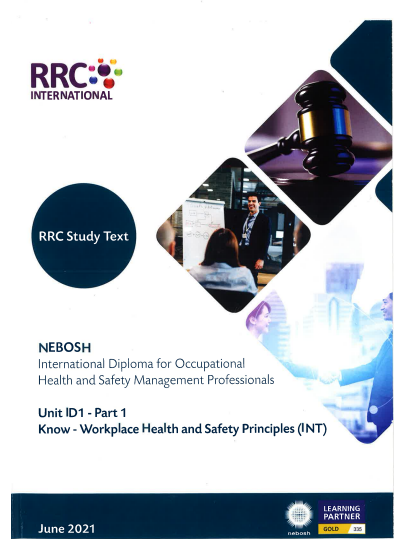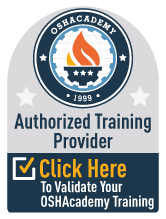Introduction
In the world of occupational health and safety, the NEBOSH (National Examination Board in Occupational Safety and Health) certification is highly regarded as a benchmark of competency and expertise. NEBOSH offers a range of qualifications designed to equip professionals with the necessary knowledge and skills to effectively manage workplace risks. This blog will focus on NEBOSH Element 1, a fundamental component of NEBOSH qualifications, delving into its significance and key concepts.
What is Nebosh Element 1?
NEBOSH Element 1 forms the core foundation of NEBOSH qualifications and encompasses various aspects of health and safety management. It provides a comprehensive understanding of key principles, legislation, and practices that underpin effective safety management in workplaces across different industries.
Key Concepts Explored in NEBOSH Element 1
- Health and Safety Management Systems
Element 1 emphasizes the importance of having a robust health and safety management system in place. Learners are introduced to internationally recognized management systems, such as OHSAS 18001 and ISO 45001, which provide a structured framework for managing risks and ensuring continuous improvement. - Policy and Organizational Context
This section highlights the significance of developing an effective health and safety policy that aligns with an organization’s objectives and legal requirements. It explores the roles and responsibilities of key personnel, the importance of effective communication, and the integration of health and safety into overall business operations. - Planning and Implementation
NEBOSH Element 1 emphasizes the importance of planning and implementing health and safety measures. This includes risk assessments, hazard identification, control measures, emergency planning, and monitoring performance to ensure compliance with legal requirements and industry best practices. - Audit and Review
The audit and review process plays a crucial role in evaluating the effectiveness of health and safety management systems. Learners are introduced to techniques such as inspections, accident investigations, performance measurements, and regular reviews to identify areas for improvement and ensure ongoing compliance. - Risk Assessment and Control
This section focuses on the identification, assessment, and control of workplace hazards. It covers various techniques and methodologies for risk assessment, including hierarchy of controls, safe systems of work, and the importance of employee involvement in the risk management process. - Workplace Hazards and Controls
Element 1 explores a range of workplace hazards, including physical, chemical, biological, and ergonomic factors. It delves into the methods of hazard control, such as engineering controls, administrative controls, and personal protective equipment (PPE), emphasizing the hierarchy of control measures.

Conclusion
NEBOSH Element 1 serves as a vital stepping stone for professionals seeking to enhance their knowledge and competence in the field of occupational health and safety. By focusing on key concepts such as health and safety management systems, policy development, risk assessment, and hazard control, learners gain a solid foundation for effective safety management practices. Understanding Element 1 not only equips individuals with the necessary knowledge to create safer workplaces but also demonstrates their commitment to professional development and maintaining high standards of health and safety.





This Post Has 2 Comments
Great, thanks for sharing this post.Really thank you!
I appreciate you sharing this article post.Much thanks again. Will read on…